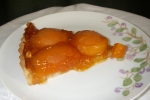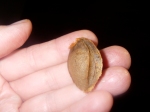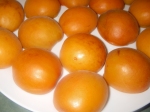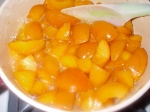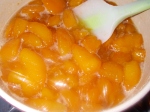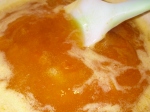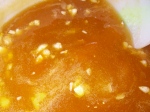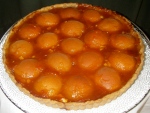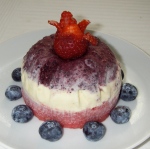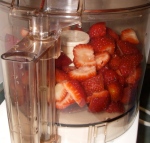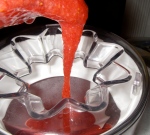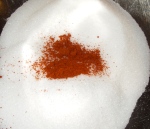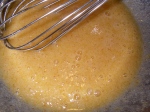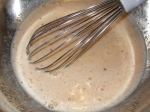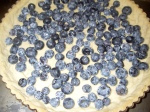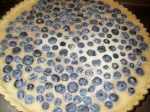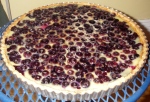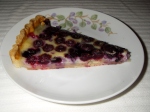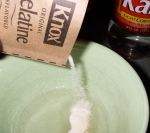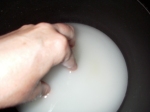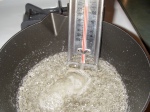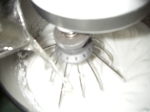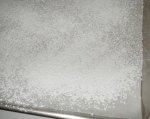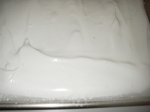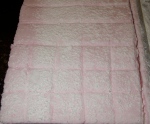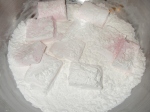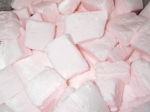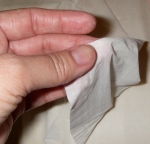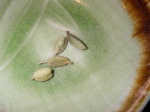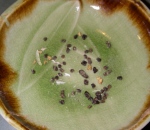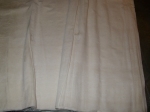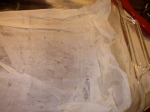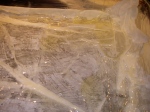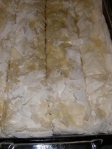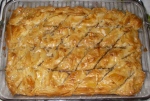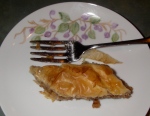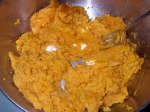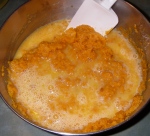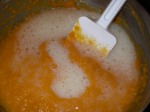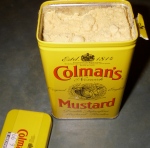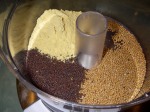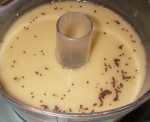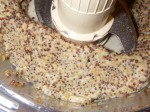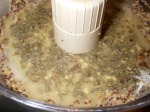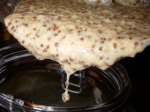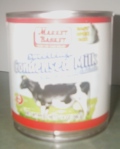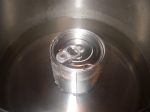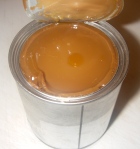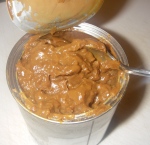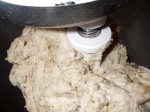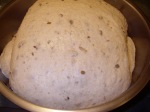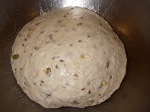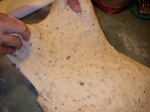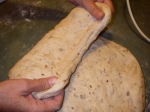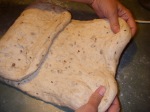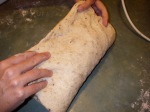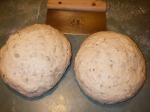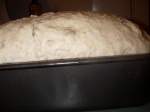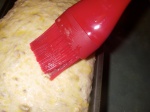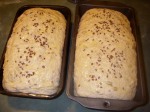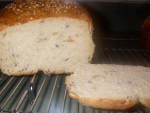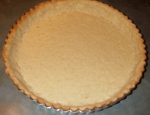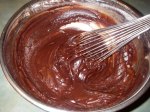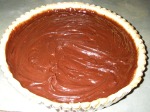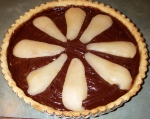This is a tart we learned to make in Ivan Day’s Pie Making and Pastry course. Unlike modern recipes, with this one your ingredients are based on how many apricots will fill your tart. It helps to have a scale, but you can manage without one. You do need a nutcracker, though.
I used the pâte sablée recipe from Mastering the Art of French Cooking, but I substituted some almond flour for some of the all-purpose flour and some almond extract for some of the vanilla. Almond is a good complement to apricots, which are related to almonds.
In fact, apricot pits look a lot like almonds, and the seeds, which are edible, smell like almonds when you chop them.
Apricot seeds (like almonds) contain amygdalin, which is a precursor to cyanide, but the body quickly processes the amygdalin, so you have to eat a lot of apricot seeds to be in any danger. Bitter almonds contain a lot more amygdalin than apricot seeds do, and you have to eat 4 or 5 dozen of those to incur any risk. I mention this because the recipe calls for using the apricot seeds. I had two slices of the tart last Sunday, and I felt no symptoms of cyanide poisoning.
Apricot Tart
Crust
5 oz all purpose flour
2 oz almond flour
3 Tbl powdered sugar
2½ oz unsalted butter, cut into pieces
1 oz (2 Tbl) vegetable shortening
1 egg
½ tsp almond extract
½ tsp vanilla extract
1 tsp ice water
Filling
about 3 lb of firm apricots
about 1 lb of sugar, probably more
To make the tart shell:
Fit the food processor with the metal blade. Add the dry ingredients and process to combine. Add the butter and shortening and process until the mixture looks like coarse cornmeal. Add the egg, extracts, and water and process until the dough comes together, about 30 seconds.
Remove the dough from the work bowl and roll it out on a flour-dusted surface. Transfer the dough to an 11-inch tart pan and press it into the bottom and sides. The sugar makes this dough pretty fragile, and you might find it easier to forgo the rolling and just press the dough into the tart pan.
Line the shell with foil and distribute weights over it. Chill the shell in the freezer or refrigerator while you preheat the oven.
Preheat the oven to 375℉. Bake the shell for 15 minutes. Remove the shell from the oven and, lifting the foil by the corners, remove the foil and weights from the shell. Return the shell to the oven and bake for another 5 minutes. Set the shell aside to cool.
To make the filling:
Buy enough apricots to fill your tart tin. For an 11-inch tin, you’ll need 18 to 20 apricots, about 3 pounds.
Cut the apricots in half. Put the prettier half face down on a large plate.
Put the less-pretty half in a large nonreactive saucepan. I set my saucepan on my scale. Weigh the apricot halves in the saucepan and weigh out 3/4 of that amount in granulated white sugar. My apricot halves weighed 1 lb 6¾ oz, so:
16 + 6.75 = 22.75
22.75 × 0.75 = 17.0625
or about 17 ounces of sugar.
If you don’t have a scale, you have to know the weight of the apricots. If you bought them at a supermarket, the receipt should give you the weight. If you bought them at the farmer’s market, make sure you remember the weight. (If you picked them from your own tree, you’ll have to guess.) The pits don’t weigh much; my pits weighed 2 oz. Divide the total weight by 2 and then round down to get the weight of the cooked apricots, then multiply that by 0.75.
Set the pits aside. Put the saucepan with the apricots over medium heat and cook them until they start to exude their juice.
At that point, pour in the sugar and stir until the sugar dissolves in the apricot juice. Eventually this will be apricot jam, which is part of the tart filling.
While the jam is cooking, crack the apricot pits (if you can, several of mine were too hard to crack) and remove the seeds.
Chop the seeds and set them aside.
As you’re working on cracking the pits, keep an eye on the jam and stir it from time to time. The jam will be done in 30 to 60 minutes; mine took about 45 minutes. It’s done when there are no identifiable pieces of fruit (you’ll see pieces of apricot skin, which is fine) and the jam is quite thick and not runny.
Stir in the chopped apricot seeds and set the jam aside to cool a little.
Preheat the oven to 350℉.
Spread some of the jam over the bottom of the shell. Arrange the remaining apricot halves, cut side down, in the cooled tart shell. Spoon in the rest of the jam, making sure you fill all the spaces.
Bake the tart for 30 to 40 minutes or until the apricots are tender when you stick a sharp knife in them.
Cool the tart on a rack. When it’s cool enough to handle, remove the tart from the tin. This tart serves 8 to 12 if you’re willing to share.

